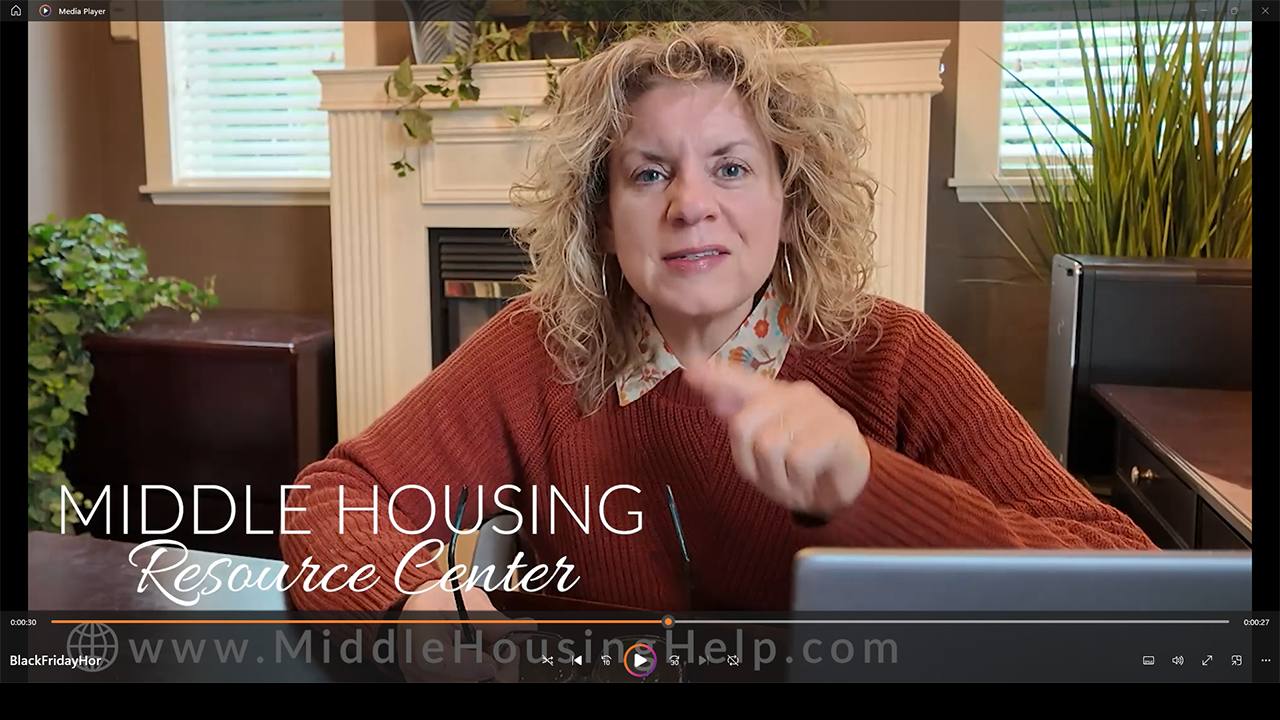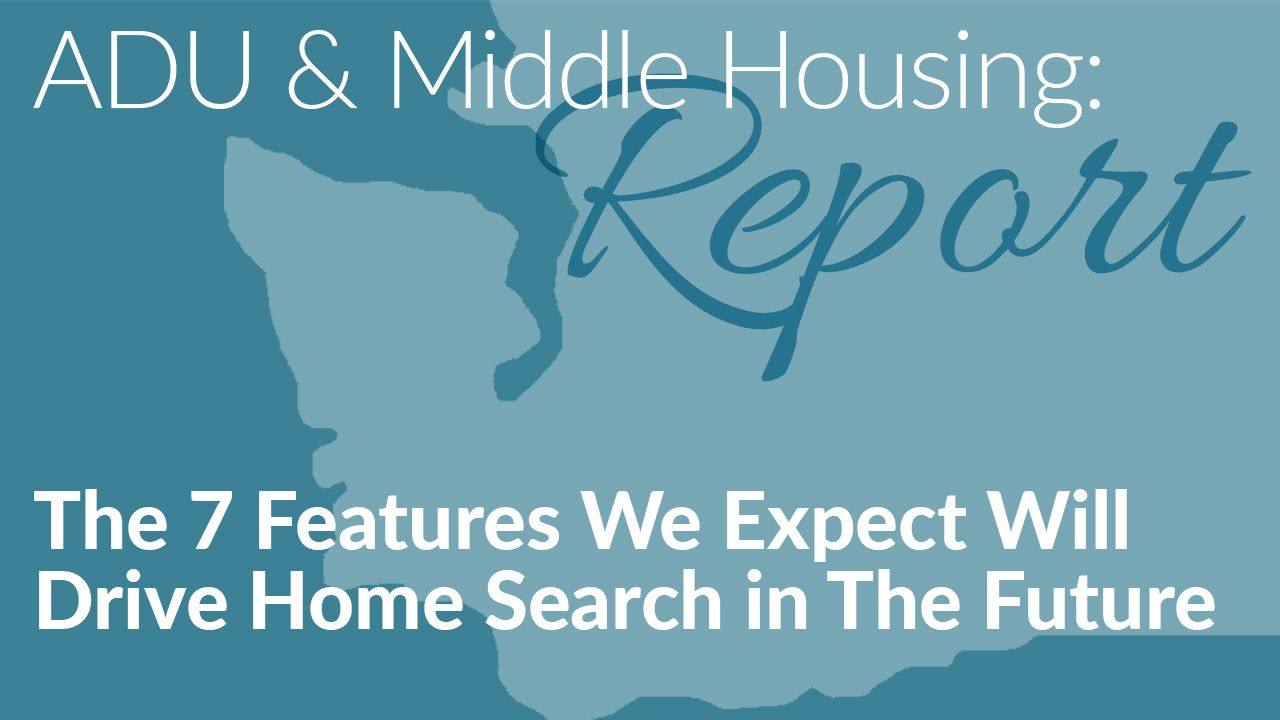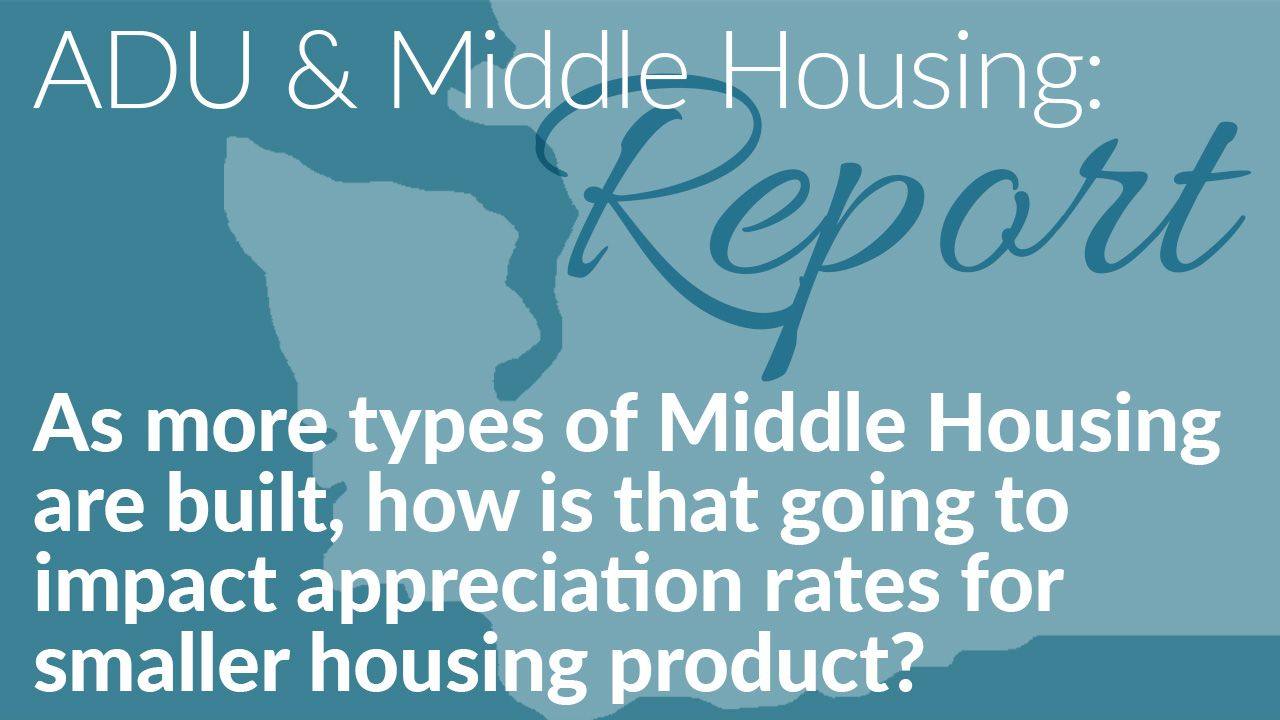Beyond the MLS - Finding Stats to Determine Supply & Demand and Q&A: Reverse-Engineering Development Land Pricing

JUNE 20, 2025
Issue 5
Wow! Lots of questions regarding last week's topic on development potential so we are going to take it a step further and once again, we are going to start with the Q&A!

Last week we talked about evaluating what to do about a middle housing development property listing. This week we are going to dig in a little more to talk about determining the end product pricing in order to determine and appropriate list price.
Q: Last week you mentioned reverse-engineering an end product's potential sales price in order to determine appropriate land list price. Can you address this in more detail?
A. Certainly, although the tool you are going to want to have in your toolbox is the Middle Housing Development Calculator which is only available in the Middle Housing Resource Center: Full Access product. ENCORE members get this for free and Club Zebra members can get it for 30% off.
I mean, check this thing out:

Not to brag, but this is the best calculator I have ever built...and I have built a lot of calculators!
If you have a Full Access membership, log in, go to your library, and do a search for "Calculator" or you can browse through the courses until you get to it. The course itself contains both the calculator and a full 40+ minute tutorial to show you exactly how to use it with examples. You are going to love it!
OK, let's step away from the bright shiny object and focus on what you need to know to reverse-engineer roughly (the calculator will help you with additional details we aren't going to cover today, but you can get the premise.
Let's say you have a lot that is 5000 square foot and it is a complete blank slate. And you look around the neighborhood and you are seeing that typical product for that type of property is developing a primary residence of about 1500 square feet and two DADUs of about 1000 square feet each. Other product can also be built such as for-rent product and townhomes. Parking is also included in this scenario. Most of the developers are creating for-purchase product which means you will be looking to the MLS primarily for information about the "going rate" sales prices. OK, so what now?
Now you are going to act like a buyer for the type of end product that buyers would shop for in that neighborhood. Pretend the construction is already done. What are they buying and what are they paying? Also, how quickly is that end product selling, what additional new product may be future competition (look at permits), and are prices increasing or decreasing? Of course, you don't have a crystal ball and can't look a year or more into the future, but you are trying to think like a developer and look at the same information a developer would be looking at.






